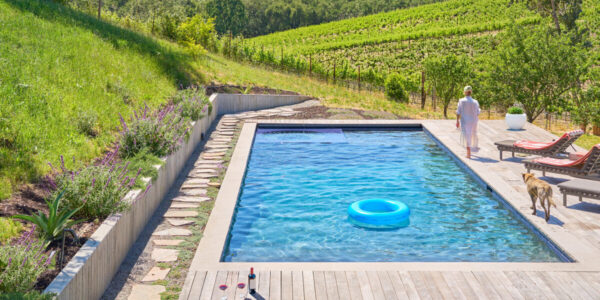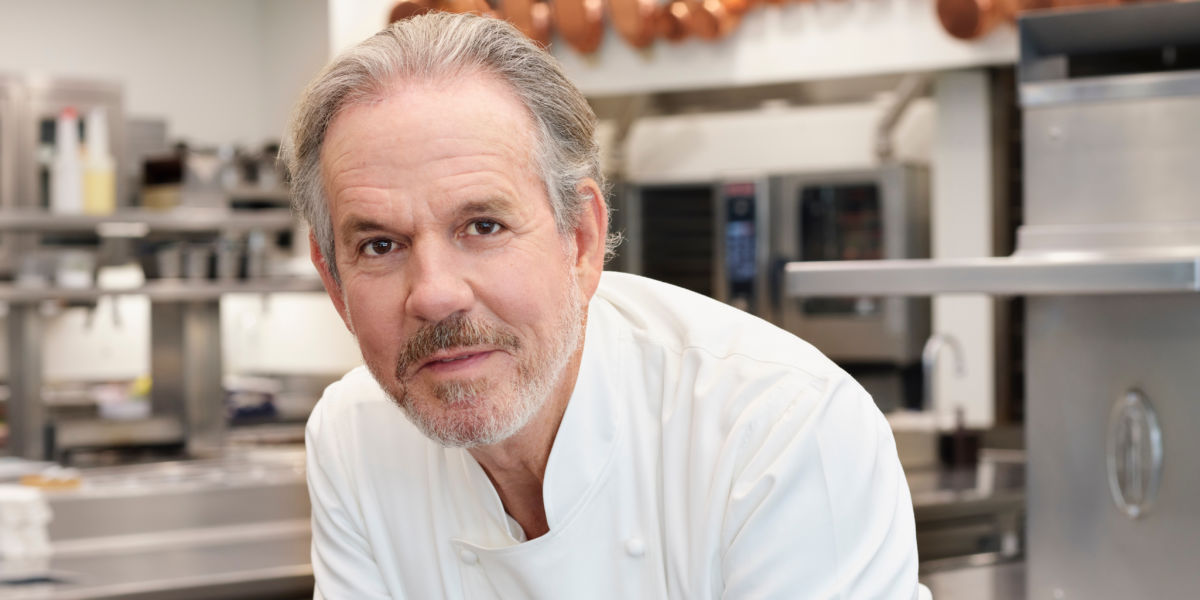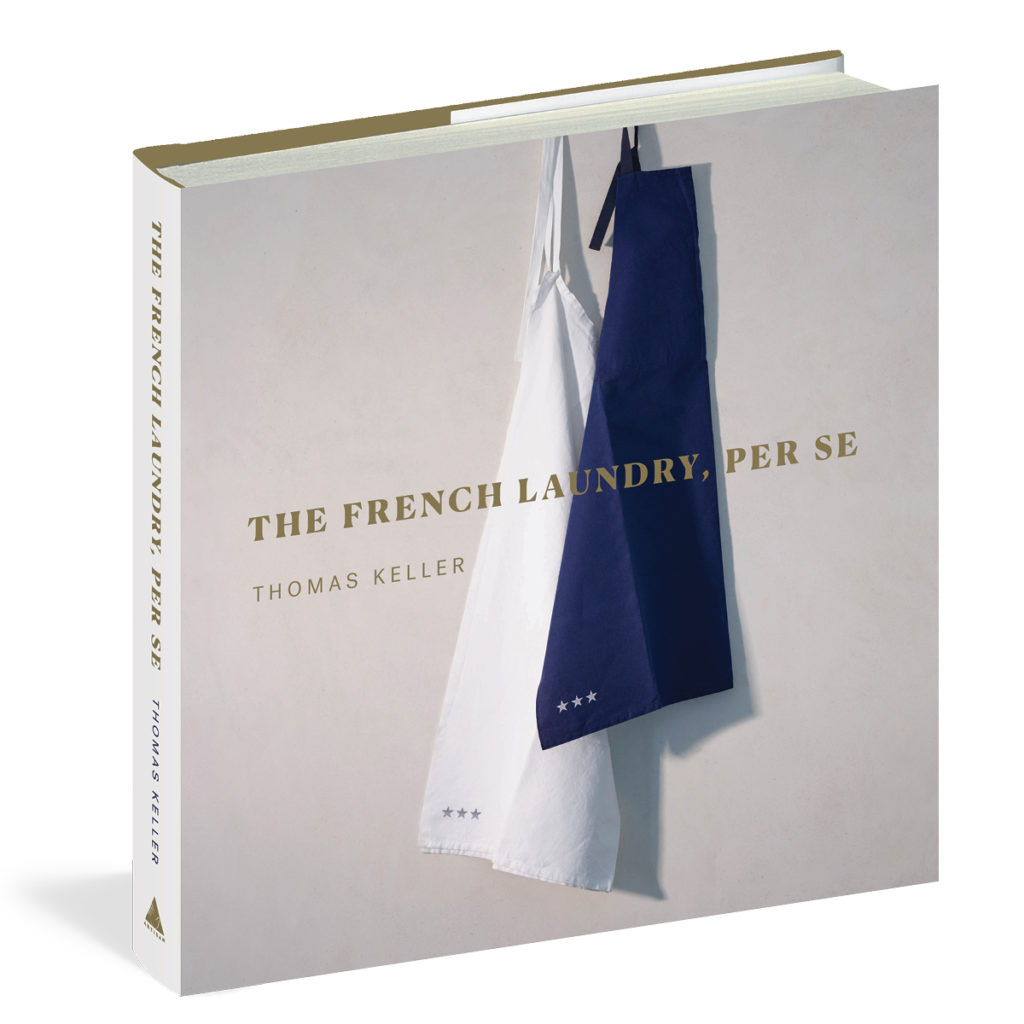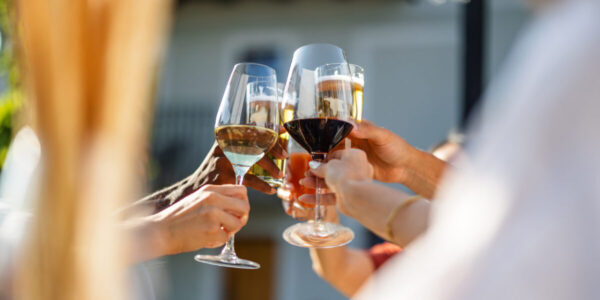
Thomas Keller Dishes on the New French Laundry, Per Se Cookbook
Legendary chefs Thomas Keller and David Breeden reveal to Sunset some tricks of the trade and explain how home chefs can raise their game to restaurant-level.

Deborah Jones
Unless you just landed on the planet, you probably know Thomas Keller is one of the most important chefs in the U.S., if not the world. We recently spoke with Keller and David Breeden, chef de cuisine of the French Laundry, about food, fine dining, and their new book The French Laundry, Per Se Cookbook, a gorgeously photographed recipe collection and behind-the-scenes look at how the two restaurants operate at an impeccably high level of deliciousness and delight. (It also, I might add, makes a fantastic holiday gift for the foodie in your life). Here are the highlights of our conversation.
In the book you say precision is a defining characteristic of fine dining and this book is a measure-by-measure proof of how that is executed at both restaurants. In all of your experience cooking these dishes are there any you’ve ever committed to memory and heart?
Breeden: The answer is absolutely yes. The recipes in the book are precise instructions for cooking a specific dish, but most of the cooking is based off of ratios and a very simple way of expressing them is a cup of this and cup of that. You don’t have the recipe before you have the dish. The original dish comes organically and we measure as we go for consistency’s sake and for training purposes
Keller: David and Corey Chow have done a tremendous job archiving our recipes. We’ve been writing and saving our recipes since 1985. Some of them are still the same and some have changed thousands of times since then.

Courtesy of Artisan Press
Are there any recipes in the book a home cook could make part of their repertoire?
Keller: I can make a hollandaise sauce with 3 egg yolks and get it to the point where I want without a recipe. But that’s because I have extensive experience with hollandaise and know how to modify and not have to measure or weigh anything. In the book we have the liaisons [sauces] and vinaigrettes which are based on ratios. These are things a home cook can get comfortable with and understand with repetition and in turn make their own recipes. Both methods are valid, but when we start creating a dish, recipe writing is critical.
Context and location are so much a part of dining. Does the nature of Yountville and the nature of New York City change the nature of what you serve to diners at The French Laundry versus Per Se? Or is consistency the same despite the geographic differences?
Keller: The answer is yes and no. The locations have a lot to do with some of the ingredients that are available to us. Mainly vegetables. Both in New York and here and Napa we use artichokes that were farm raised and cultivated Castroville. In Per Se they’re sourcing seasonal vegetables in the tri-state areas. And [chef de cuisine Corey Chow] will compose those dishes around the vegetables. We have the garden in Yountville and our partners give us unique crops at the peak of the season. Proteins on the other hand, often come from the same producers.
Breeden: You really nailed it. In my experience, both restaurants are philosophically the same. That’s the guide that sets the tone even though we use different farms. But in Napa Valley there’s a simplicity that allows ingredients to shine on their own. And when you’re walking through the valley and seeing the hot air balloons and the thistles growing alongside the rosemary there’s a much different feeling.
Keller: Many people can roast a chicken from Bouchon but another thing that’s unique about the restaurant is our relationship with the fishers and farmers and foragers who are such an important part of the food. We talk about chefs, but this fact reminds you that a kitchen is a team. It’s that sports analogy where teams have offensive and defensive players with different skills and disciplines. We have the wine staff, and porters, and the pastry and reservation teams that you have to know about to understand a restaurant completely.
